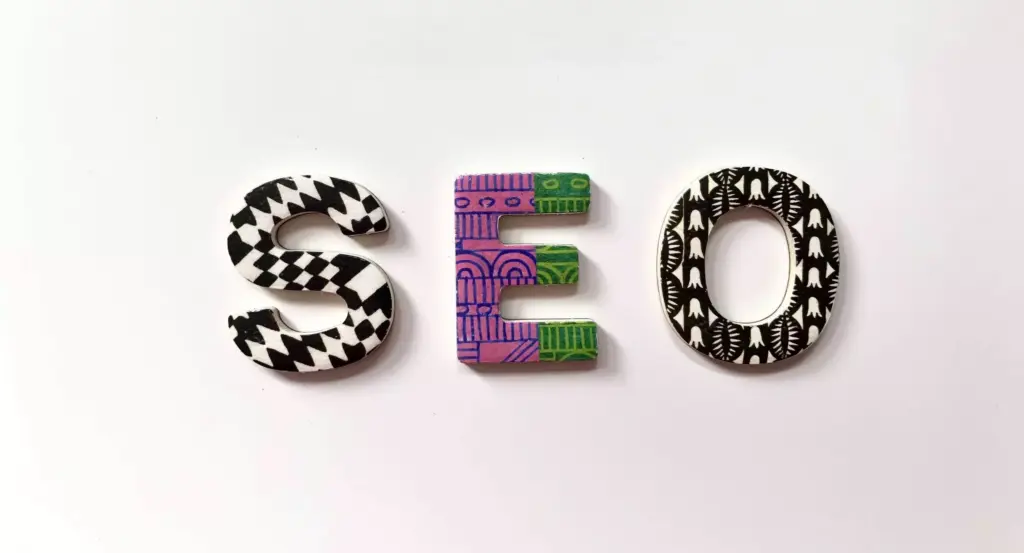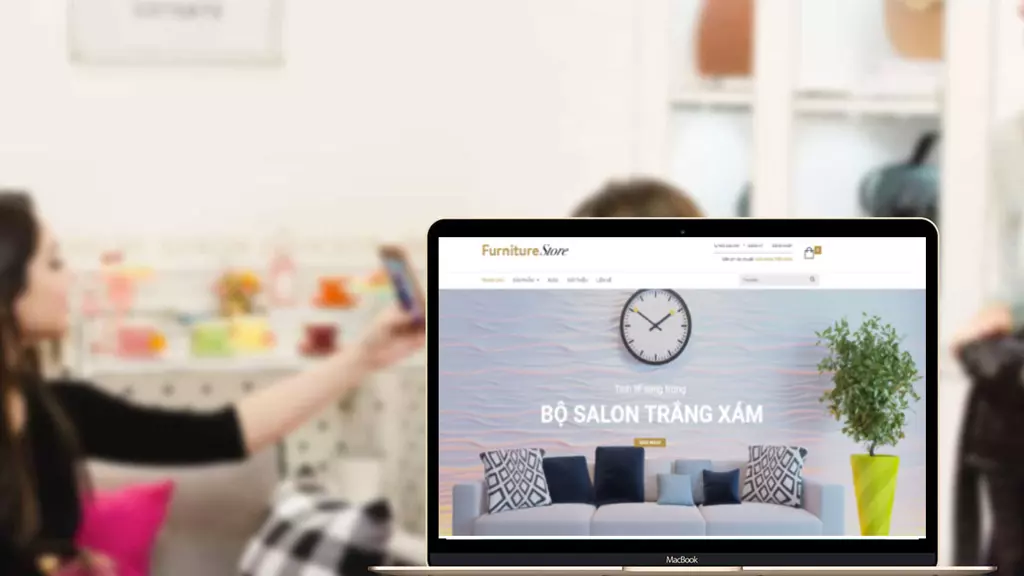
When running an online fashion business, choosing the right sales platform will boost your business efficiency, while choosing the wrong one will only cause more headaches.

In this digital age, not selling online is a missed opportunity. Opening a physical store limits you geographically, while running an online fashion business allows you to expand and reach customers across the country, or even internationally!
Most brands have a Facebook or Instagram page with staff communicating with each customer. But this is just the most basic form of online selling. There are many other platforms you can explore. You can create your own website, like Leinné. Or sell on Shopee, like Love Swimwear by HA ANH VU. If your brand is “mature enough,” you could even partner with Lazada, like Chung Thanh Phong.
So, which online fashion business model is right for you? Let’s explore the pros and cons of these different approaches with Harper’s Bazaar.
The Most Basic: Instagram/Facebook/Zalo
While Instagram and Facebook are social media platforms, they have gradually integrated more e-commerce tools as the demand for online shopping has grown (such as online payments and order management). However, these tools are not yet fully implemented in Vietnam.
Online fashion businesses using social media are still at the point where: You post a beautiful photo online >> customers show interest and message you >> transactions are completed entirely through direct messages. It’s no different from a face-to-face exchange in a store.

Advantages
• Low cost and time-efficient to set up: Facebook, Instagram, and Zalo all allow you to create accounts for free. The standard interfaces are easy to use, so you don’t need to hire IT staff or hire a web design company. In general, this option saves you a lot of money and time when you’re just starting to experiment with e-commerce.
• Advertising potential: Personal social media pages are not just virtual stores; they also have advertising functions. With Facebook Ads/Instagram Ads, you can reach billions of users when you pay for ads.
• Creates intimacy and privacy for customers: Conversations are kept within private inboxes, allowing for direct consultations. This means your brand can quickly address any concerns or questions from customers. Additionally, if the brand offers clothing alterations (for high-end partywear), these details can also be discussed in private.

Disadvantages
• Poor sales management: Social media platforms lack automated features to help you track which items you’ve sold, how many, and your total revenue. As a result, you need to invest in a separate accounting system. If you don’t have professional accounting software, your sales team will have to manually compile information from message conversations by the end of the day, which can make the business very chaotic.
• Lack of control over the store’s appearance: The interface of Facebook/Instagram changes over time, and if you don’t like the design, you can’t change it to suit your personal preferences.
• Need skilled staff to respond to customer inquiries: Sales through Facebook/Instagram’s inbox can happen at any time of the day. Delayed responses to potential customers can result in lost sales.
• Limited interaction due to “view restrictions”: Social networks thrive on advertising revenue from businesses. If you don’t run ads for your store, your reach will be limited and overshadowed by paid listings.
• Risk of account loss due to spam/reports: Since these platforms are not owned by you, if the platform decides to ban your business, there is nothing you can do to fight it—unless you’re an account with millions of views and spend large amounts on ads.
***
Best for Personalization: Personal Website
Those aiming to build a luxury brand will love this option. A personal website is the most comprehensive virtual store. You have full control over everything, from layout, colors, fonts, to how the products are presented.
If you’re running an online ready-to-wear fashion business, where products are already made and ready for sale, you can choose a website with fully integrated e-commerce features like Leinné or Nosbyn. In the e-commerce management system, you can upload product samples, quantities, and prices. Customers can place direct orders if they like the design. You simply need to process the orders and collect payment.
For businesses in the bridal or couture fashion model that require custom tailoring, you can integrate a scheduling function on the website. When customers are satisfied with a product, they can book an appointment to visit the store for fitting and alterations.

Advantages
• Professional management system: A true e-commerce website—such as those built on platforms like Magento or WooCommerce—has features to track sales, revenue, and inventory statistics. This will help you efficiently manage your business operations and quickly add new products.
• Understanding customer shopping behavior: The website management system will provide insights into which designs customers view the most, which types of products are popular, and which designs have high views but low sales, etc. This allows you to create future collections that align with customer preferences.
• No need for staff to be on standby like Facebook or Instagram: The sales team will be notified when an order is placed. This means you can save on staffing costs, as you won’t need someone just to monitor social media inboxes.
• Freedom to design your store: Just like a real boutique, you can decorate your personal website with images, colors, fonts, and other design elements to your liking.

Disadvantages
• Expensive to operate: From coding, design, and website development costs to maintenance, upgrades, and paying for website security features, there are numerous expenses associated with owning a personal website.
• Not really useful if you don’t know how to promote it: A fashion store in an alley won’t attract customers unless people know about it. The same goes for a website. You’ll need to advertise your site through tools like Google and Facebook to drive traffic and generate sales.
***
Convenient yet Professional: Opening a Store on an Existing E-commerce Platform
E-commerce platforms like Shopee, Tiki, Lazada, AliExpress, Amazon, Etsy, etc., can be likened to a shopping mall. Opening a store on these platforms is similar to renting a shop within the mall. The mall owner takes care of attracting customers, while your responsibility is to decorate your store attractively and stock it with appealing products.
These platforms combine both the professional e-commerce features for online sales and the effective marketing capabilities of a social network.

Advantages
• All the benefits of a personal e-commerce website, except for the ability to fully customize the website’s design.
• No technology management costs: The e-commerce platform handles the technical aspects, such as server management and technical maintenance. This saves you time and money that would otherwise be spent on resolving digital issues. This way, you can focus entirely on running your fashion business, rather than also taking on the role of “tech expert”

Disadvantages
• Limited design customization: E-commerce platforms allow for slight adjustments to the overall layout, but generally, you have to work with preset designs. This can feel restrictive, especially for those who want a unique and creative personal website layout.
• Pay attention to additional fees: Just like renting a physical store space, you will need to pay fees. These could include commissions (a percentage of each sale), monthly management fees, and more. Large platforms also often hold shopping events where you may be required to offer discounts to drive sales. High-end brands, in particular, might not appreciate being pressured into offering discounts, as it can devalue their brand image.
***
These are some of the advantages and disadvantages of choosing an online sales platform. Before deciding on any method, make sure to carefully read the terms of use. Understanding these rules will help you protect your personal brand in the most comprehensive way when running an online fashion business.







